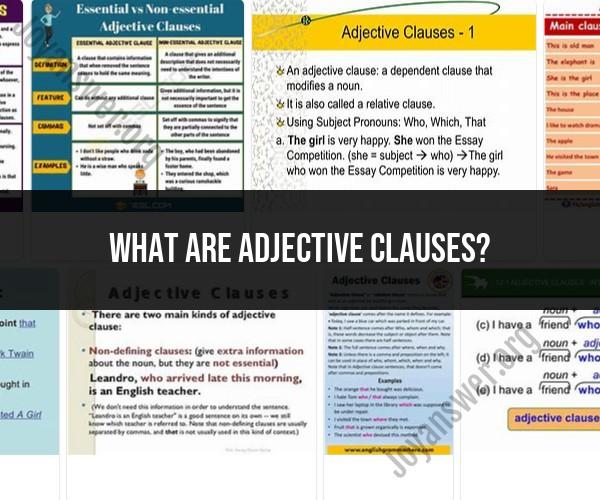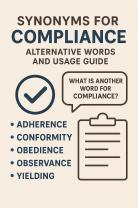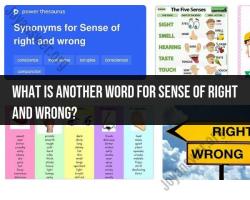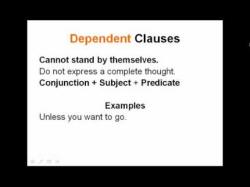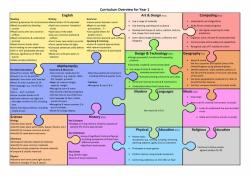What are adjective clauses?
Adjective clauses, also known as relative clauses, are a type of dependent clause that function as adjectives to modify nouns or pronouns. They provide additional information about the noun or pronoun they modify. Adjective clauses are an important aspect of English grammar and can enhance your writing and communication skills. Here's how to understand and use them effectively:
1. Structure of Adjective Clauses:An adjective clause typically consists of:
- A relative pronoun (who, whom, whose, which, that) or a relative adverb (where, when, why).
- A subject and a verb.
2. Functions of Adjective Clauses:Adjective clauses provide essential information about a noun. They can:
- Describe the noun in more detail.
- Specify which noun is being referred to.
- Add extra information to the sentence.
3. Types of Adjective Clauses:
Defining (Restrictive) Clauses: These clauses provide essential information to identify the noun. They cannot be removed without changing the meaning of the sentence. They are usually not offset by commas.Example: The book that is on the table belongs to me.
Non-defining (Non-restrictive) Clauses: These clauses provide additional information that is not necessary for identifying the noun. They can be removed without altering the sentence's core meaning. They are usually offset by commas.Example: My dog, which is a Labrador, loves to play fetch.
4. Relative Pronouns:
- Who/Whom: Refers to people. "Who" is used for subjects, and "whom" is used for objects.
- Which: Refers to things or animals.
- Whose: Indicates possession or ownership.
- That: Can refer to people, things, animals, and is often used in defining clauses.
5. Relative Adverbs:
- Where: Refers to places.
- When: Refers to times.
- Why: Refers to reasons.
6. Practice Tips:
- Identify the noun being modified.
- Decide whether the information is essential or additional.
- Choose the appropriate relative pronoun or adverb.
- Ensure the verb agrees with the subject of the clause.
- Punctuate properly based on whether the clause is defining or non-defining.
7. Examples:
- Defining Clause: The car that is parked outside is mine.
- Non-defining Clause: The Eiffel Tower, which was built in 1889, is a famous landmark.
8. Review and Proofread:After writing, review your sentences to ensure that the adjective clauses are correctly structured and provide the intended information.
Adjective clauses are a valuable tool for adding depth and specificity to your writing. By understanding their structure and usage, you can enhance your grammar proficiency and effectively convey information in a more detailed manner.
